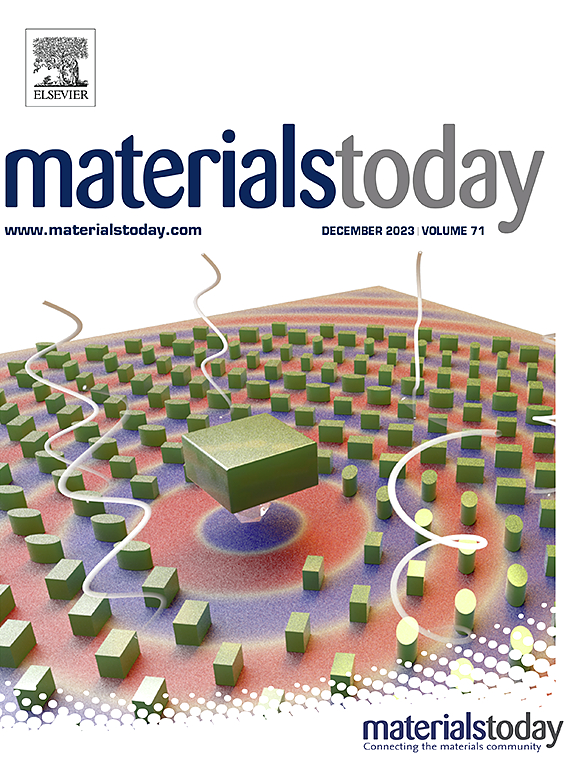Quantum dots in S-scheme photocatalysts
IF 21.1
1区 材料科学
Q1 MATERIALS SCIENCE, MULTIDISCIPLINARY
引用次数: 0
Abstract
Photocatalytic materials hold bright prospect in alleviating energy shortage and remediating environmental pollution. S-scheme photocatalysts have garnered extensive attention because of their distinct charge transfer mechanisms, which lead to their superior photocatalytic performances. Numerous materials based on quantum dots (QDs) have been fabricated and applied in S-scheme photocatalytic systems. However, a comprehensive analysis of current advancements in this field is lacking. To address this gap, this review summarizes the state-of-the-art progress of QDs-based S-scheme photocatalysts. First, the development of S-scheme heterojunctions and origin of QDs are concisely retrospected, followed by a discussion about the advantages of employing QDs to build S-scheme photocatalysts and the common strategies to synthesize QDs and QDs-based S-scheme photocatalysts. The photocatalytic performance and mechanisms of QDs-based S-scheme heterojunction materials are thoroughly discussed, highlighting the key roles of QDs and the S-scheme interfacial charge transfer process. To date, semiconductor QDs of various compositions (e.g., metal sulfides/oxides, graphitic carbon nitride, perovskites, and black phosphorus) have been explored as reduction or oxidation photocatalysts in S-scheme heterojunctions. Moreover, noble metal, Ti3C2, and carbon QDs have been used as cocatalysts for S-scheme photocatalysts. Finally, future directions for the further exploration of QDs-based S-scheme photocatalysts are proposed. This review is expected to stimulate further exploration and development of S-scheme photocatalysts, paving the way for potential breakthroughs and applications.

求助全文
约1分钟内获得全文
求助全文
来源期刊

Materials Today
工程技术-材料科学:综合
CiteScore
36.30
自引率
1.20%
发文量
237
审稿时长
23 days
期刊介绍:
Materials Today is the leading journal in the Materials Today family, focusing on the latest and most impactful work in the materials science community. With a reputation for excellence in news and reviews, the journal has now expanded its coverage to include original research and aims to be at the forefront of the field.
We welcome comprehensive articles, short communications, and review articles from established leaders in the rapidly evolving fields of materials science and related disciplines. We strive to provide authors with rigorous peer review, fast publication, and maximum exposure for their work. While we only accept the most significant manuscripts, our speedy evaluation process ensures that there are no unnecessary publication delays.
 求助内容:
求助内容: 应助结果提醒方式:
应助结果提醒方式:


